The Evolution of Tactics in the Premier League
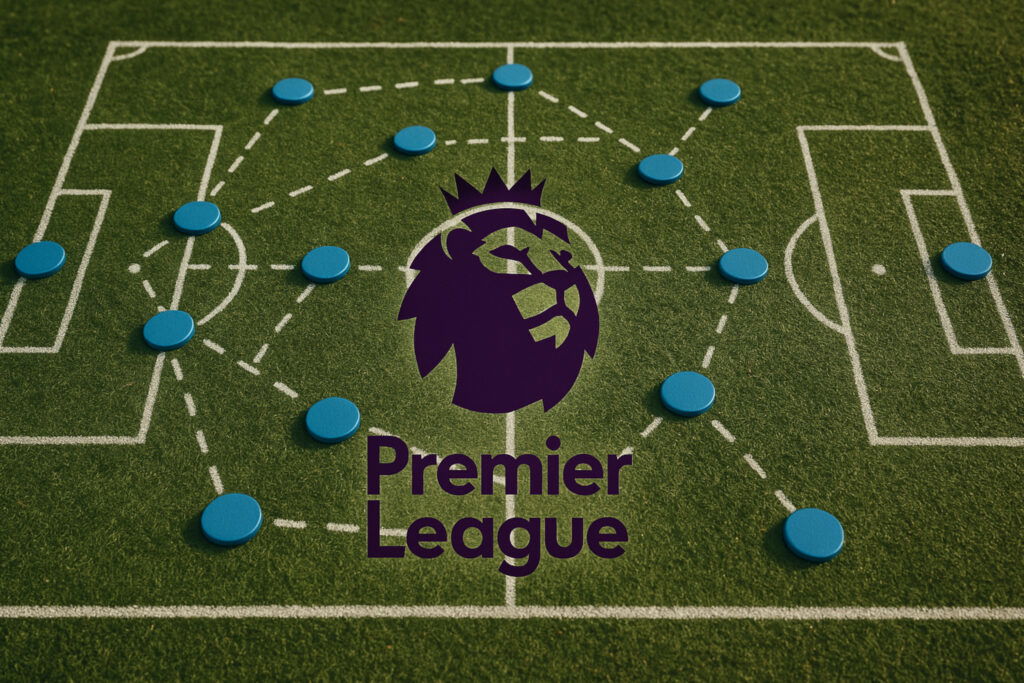
Since its inception in 1992, the Premier League has undergone constant tactical reinvention. What began as a league defined by direct play and physical intensity has become one of the most strategically complex competitions in world football. From rigid 4-4-2 formations to the fluid positional systems seen today, the evolution of tactics in the Premier League mirrors broader changes in the global game, shaped by foreign influence, technological innovation, and the ever-rising stakes of the modern era.
Early 1990s: Directness and Structure
In its early years, the Premier League was built on the foundations of English football’s traditional strengths: strength, speed, and simplicity. Most sides lined up in a 4-4-2, favouring long balls, overlapping full-backs, and aggressive pressing. Managers like George Graham at Arsenal built teams that were defensively robust and disciplined, while others, such as Kevin Keegan at Newcastle, leaned into a more cavalier style without sacrificing the basic structure.
The emphasis was on territory and tempo, not intricate passing patterns or ball retention. Tactical nuance was often overshadowed by physical dominance, and set-pieces remained one of the most consistent sources of goals.
Late 1990s to Early 2000s: Foreign Influence and Continental Styles
The arrival of foreign managers marked a turning point. Arsène Wenger’s appointment at Arsenal in 1996 introduced a more scientific and technically sophisticated approach. His use of fluid systems, positional rotation, and a high defensive line challenged long-held norms. Wenger’s 4-4-2 was not static; it relied on intelligent movement, particularly from wide players and attacking midfielders.
At the same time, Sir Alex Ferguson began integrating more tactical flexibility into his Manchester United side, switching between 4-4-2, 4-2-3-1, and diamond midfields depending on opposition and context. The signing of Eric Cantona and later Ruud van Nistelrooy reflected the league’s shift toward players with sharper technical instincts.
Mid-2000s: Rise of the Defensive Midfielder and Compactness
The dominance of Chelsea under José Mourinho brought a new level of tactical rigidity and defensive control. His 4-3-3 formation relied on a holding midfielder – Claude Makélélé being the prototype – to provide balance and shield the defence while allowing attacking players more freedom. This redefined the role of midfielders in English football.
Compact defensive blocks, fast transitions, and structured pressing became increasingly common. Rafa Benítez at Liverpool and Martin O’Neill at Aston Villa also demonstrated how effective tactical organisation could narrow the gap between budget and success.
2010s: Pressing, Possession, and Tactical Versatility
The arrival of managers like Pep Guardiola and Jürgen Klopp brought pressing systems to the forefront. Guardiola’s Manchester City transformed positional play in the league, with an emphasis on structured build-up, control in all phases, and players occupying specific zones. His use of inverted full-backs, false nines, and rotational midfielders added new layers of complexity.
Klopp, meanwhile, revitalised pressing with his brand of “gegenpressing” at Liverpool. His 4-3-3 formation focused on intense pressing, rapid counter-attacks, and wide forwards cutting in to create overloads. Importantly, both managers introduced training methods and tactical principles that filtered through the rest of the league.
Simultaneously, Antonio Conte brought the back-three system into vogue, particularly with his 3-4-3 at Chelsea. The success of wing-backs like Marcos Alonso and Victor Moses demonstrated how roles could be redefined with the right structure.
Recent Trends: Tactical Fluidity and Micro Adjustments
In the last few seasons, tactical identities have become more fluid than ever. Systems are no longer rigidly defined by numbers. Managers like Mikel Arteta and Roberto De Zerbi adopt hybrid formations that change depending on possession. The use of full-backs in midfield roles, centre-backs stepping into midfield, and false full-backs cutting inside all reflect this flexibility.
The Premier League also now places a premium on in-game management. Tactical adjustments made during matches, such as switching shapes mid-half or altering pressing triggers – have become essential, not optional. Data analysis, video scouting, and performance metrics underpin many of these shifts, with marginal gains often deciding outcomes.
Conclusion: A Constantly Shifting Landscape
Tactics in the Premier League are no longer driven solely by instinct or tradition. They are engineered, studied, and constantly revised. As player intelligence improves and coaching methods advance, systems continue to evolve. The Premier League has become not just a test of physical ability, but of tactical depth and adaptability.
The question is not whether the next big shift will happen, it is when, and who will lead it.




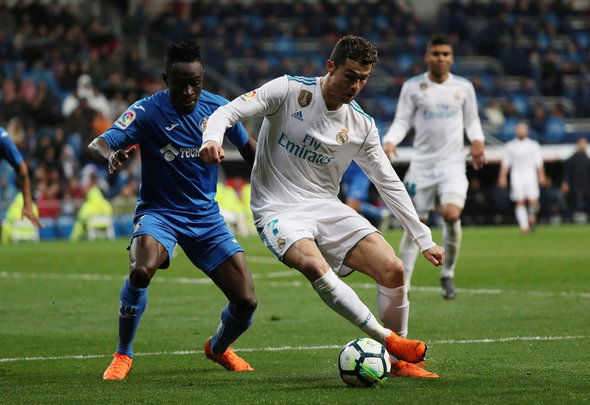




































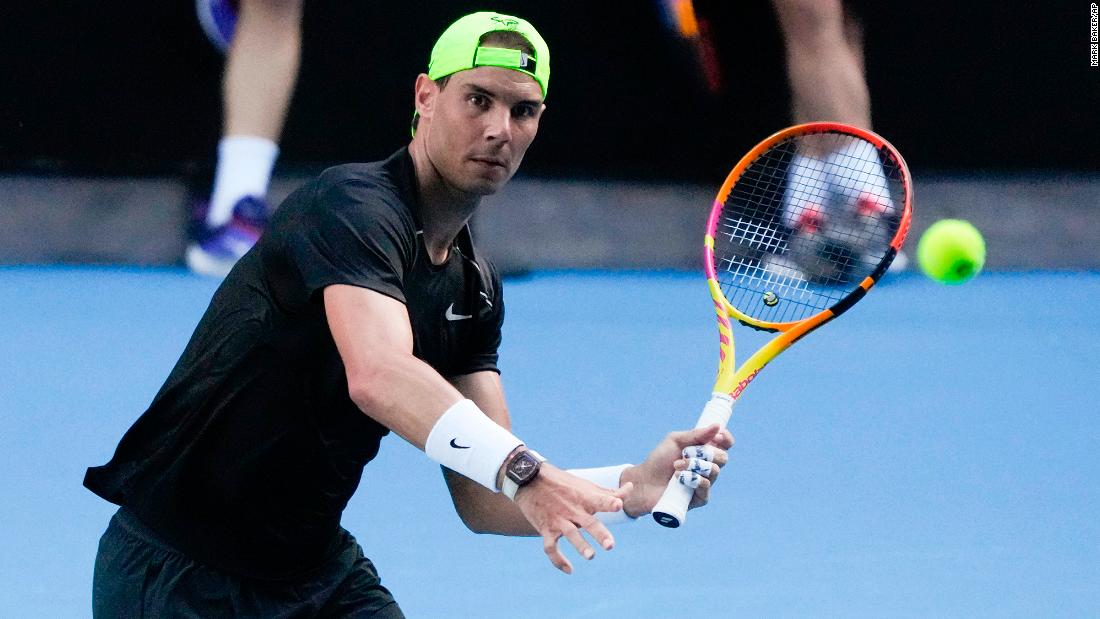
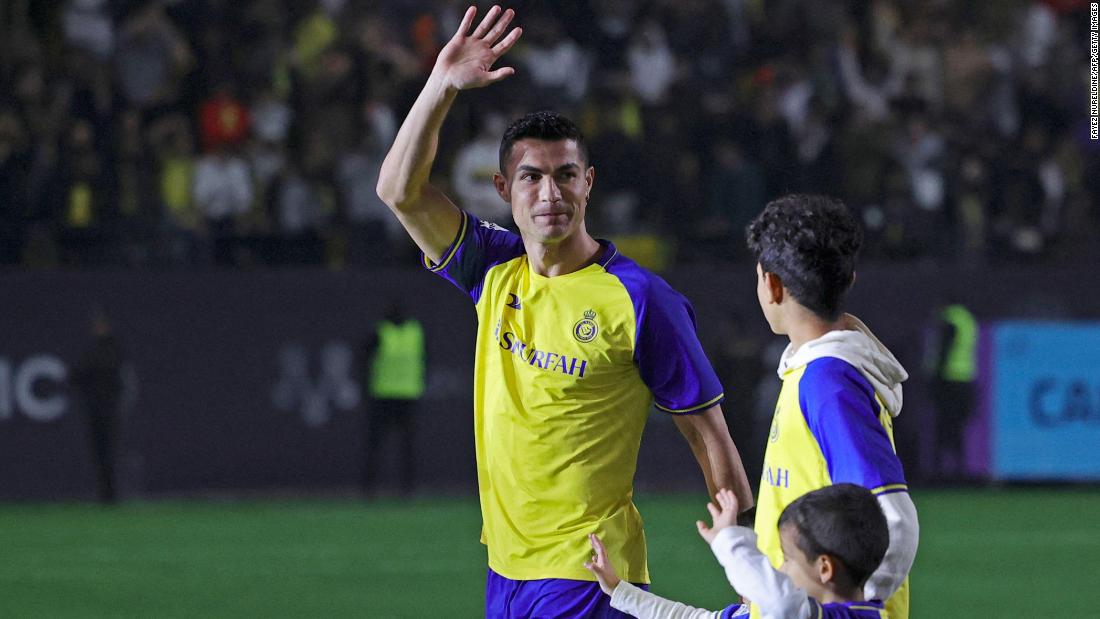

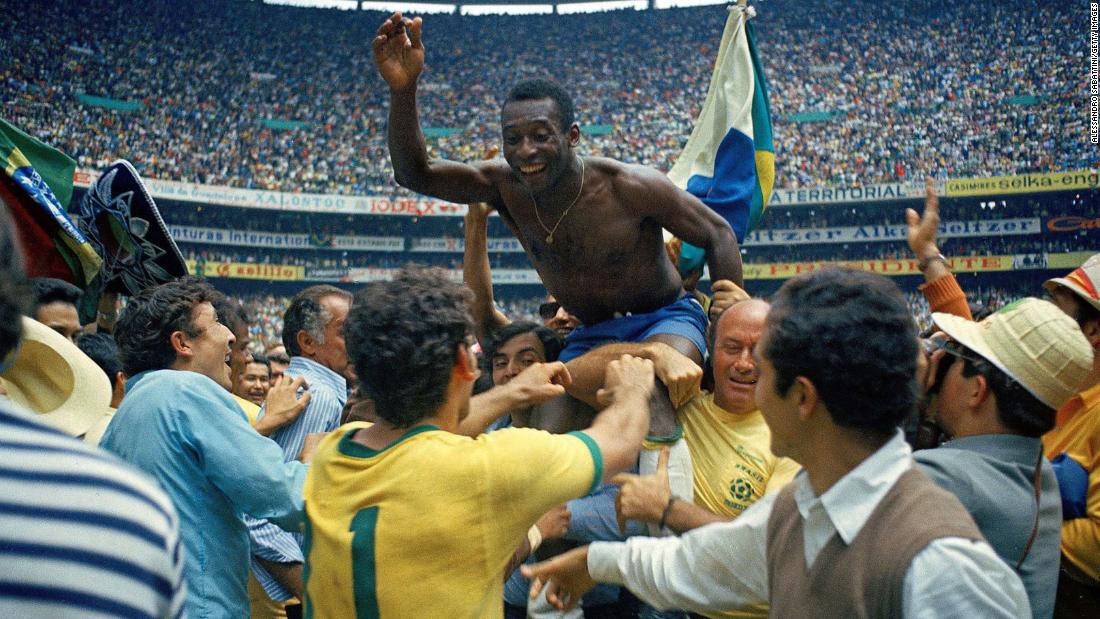

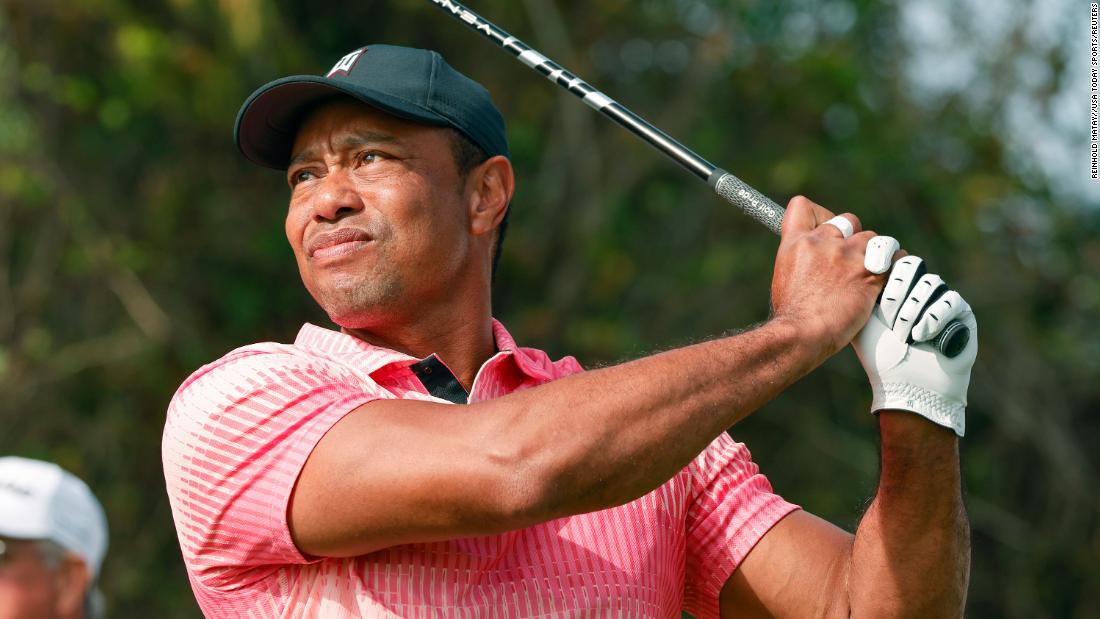


.png?Expires=1838763821&Key-Pair-Id=K2ZIVPTIP2VGHC&Signature=IO0~CT3pU-TcxGc~yoZSmoQx23MZVuK-~4jSii~NKEblRmyO3el7NXPu~Rh1o23voASg7hlcHLw4kvQuDK1jssEhcjoNBBvEpZ~GGOAU6yosBhpHpeF179F~h7i6VxmsBNh9gtTutkoqY73O2YCFey~IAqSzKbBqETP1kP9cAg1916Z1YkJJs-5MliMrkZ5d7-mWGLbpHp2wGj2VlMph8XzYlL4~y1O7fB~JdIS~Rs4RMRs2x0WT1qUIpHAsf3GdwtOyAmKFSpIg8xCyNGZZ5h~13nXlmpd7uPvW8tBfttpG9pFTqcway-uch5WyfHOEfi7UlJCOWrr6fCYY5PMgSg__)







